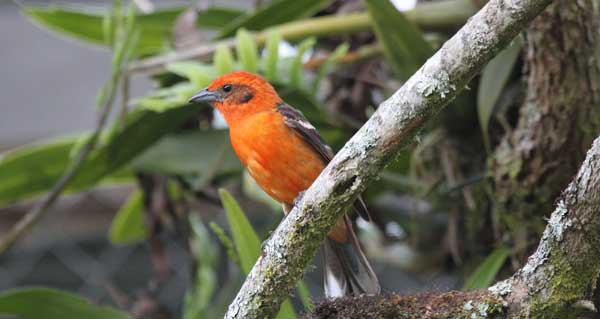
This summer, the complex trills and tweets of warblers, tanagers, orioles, and finches will probably vary from the sounds they made earlier in the year. That’s a prediction of scientists at the National Evolutionary Synthesis Center in Durham, North Carolina, where computer software was employed to analyze recordings of 400 male birds from 44 species.
“Often when birds arrive at their breeding grounds in the spring, there are hardly any leaves on the trees,” researcher Clinton Francis explains. “Over the course of just a couple of weeks, the sound transmission changes drastically as the leaves come in.” So does the number of other animal species in the environment, leading to more noises that compete with birdsong.
Francis and his colleague Iliana Medina found that to navigate these differing conditions, birds alter features of their warbling, such as its pitch, tempo, and volume. “Birds that have more flexibility in their songs may be better able to cope with the different acoustic environments they experience throughout the year,” says Medina.
These songbirds definitely have a better chance of attracting a mate. And, really, isn’t this why a member of any species might take such care with its vocalizations?

